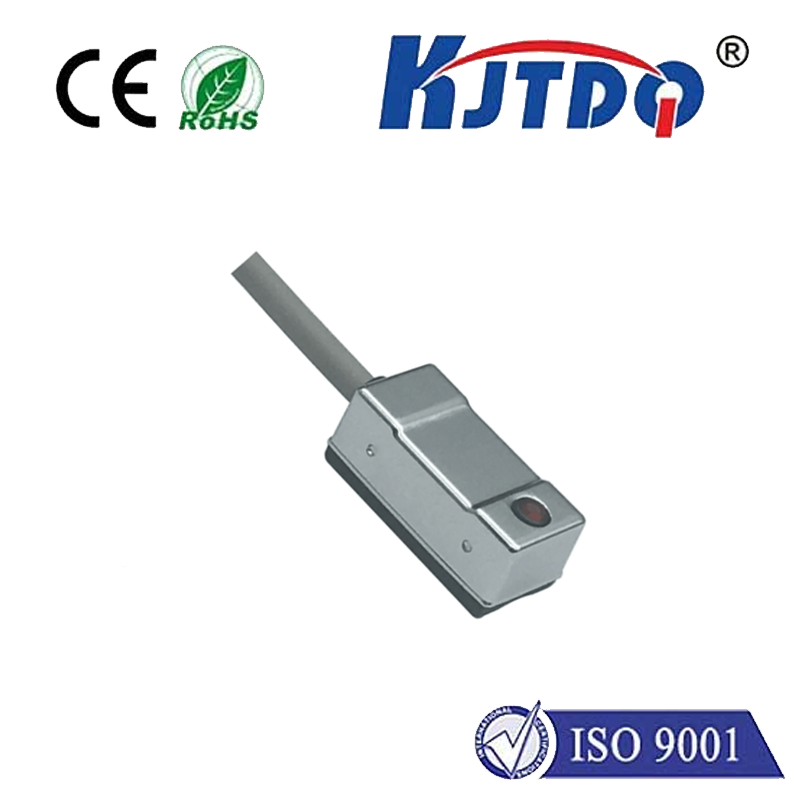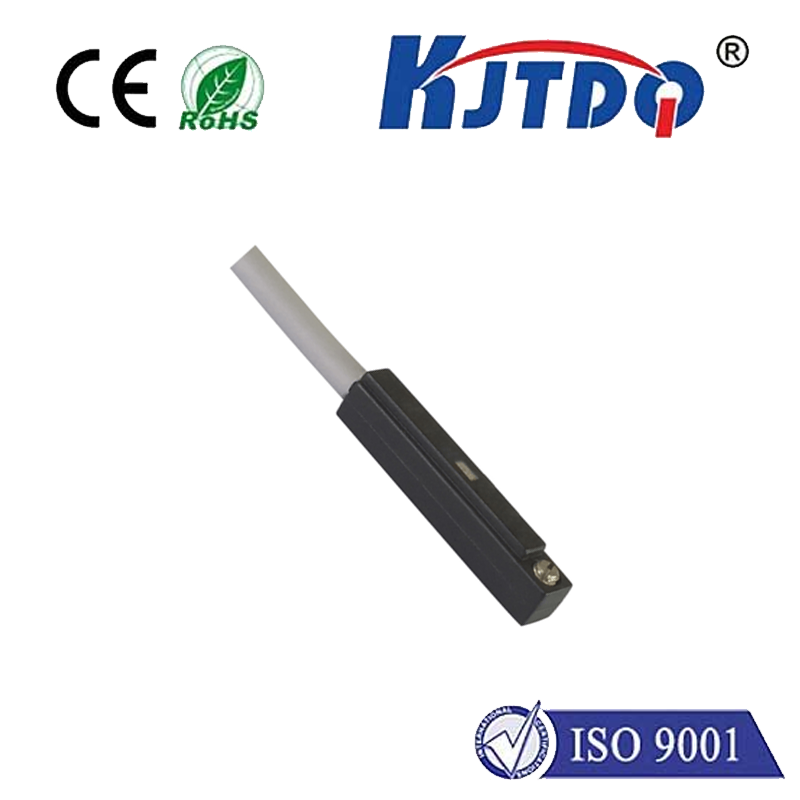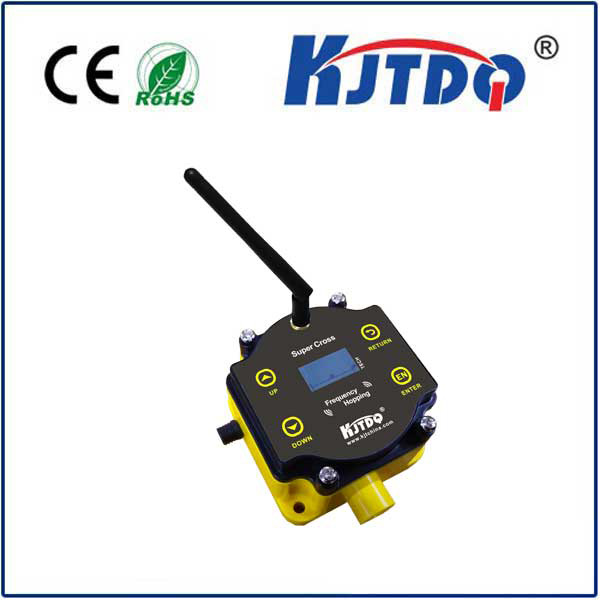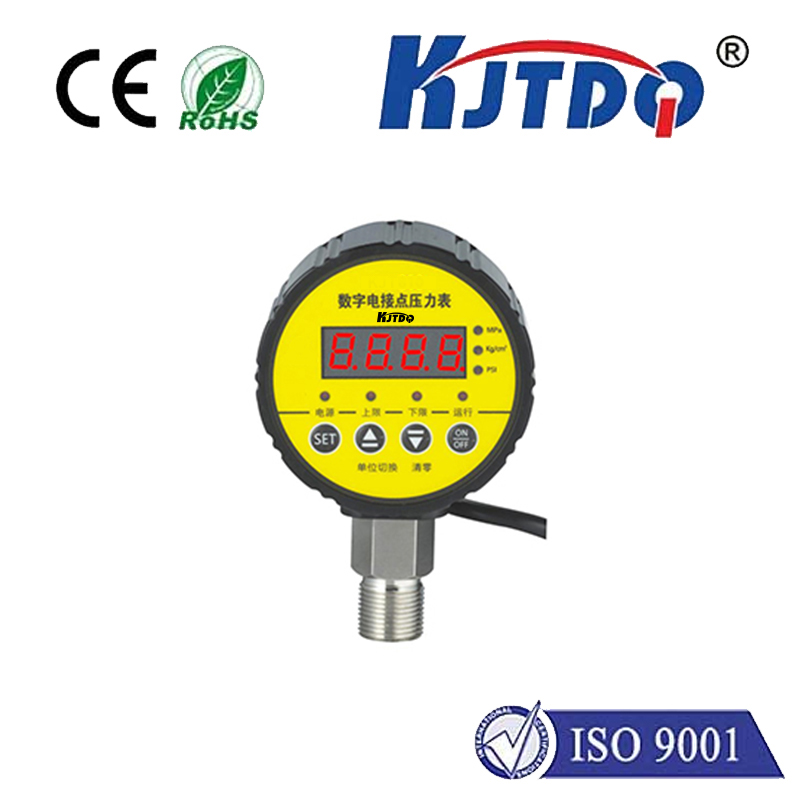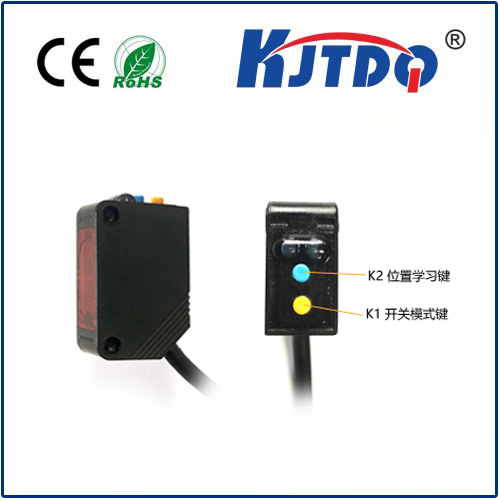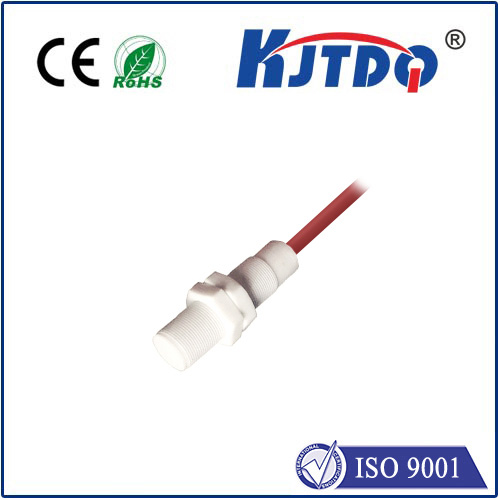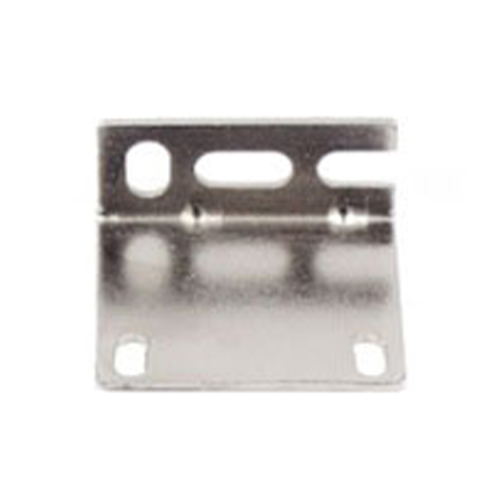piccolo laser distance sensor
- time:2025-08-29 02:28:20
- Click:0
Unlocking Precision: The Mighty Power of the Piccolo Laser Distance Sensor
Imagine a bustling automated warehouse. Robots glide silently, retrieving items with astonishing speed and accuracy. How do they know exactly how far that shelf is, or the precise positioning of an incoming package on a conveyor belt? Often, the answer lies in a remarkably compact yet powerful tool: the Piccolo Laser Distance Sensor. This small-scale technological marvel delivers exceptional accuracy where space is tight and reliability is paramount, revolutionizing tasks demanding non-contact dimensional measurement.
What Exactly is a Piccolo Laser Distance Sensor?
At its core, a Piccolo laser distance sensor is a highly compact rangefinder utilizing laser technology. The term “Piccolo” clearly signals its defining characteristic: small size. Unlike bulkier predecessors, these sensors pack sophisticated optical components and signal processing electronics into incredibly minimized housings, often cylindrical and measuring only centimeters in length. They operate on fundamental principles similar to larger laser distance meters:

- Laser Emission: The sensor emits a focused, collimated laser beam (typically red or infrared, and classed as eye-safe).
- Target Reflection: This beam strikes the target object’s surface.
- Reflection Detection: The sensor’s sensitive receiver (often a photodiode) detects the reflected laser light.
- Time Calculation: The sensor precisely calculates the time difference between emitting the laser pulse and receiving its reflection. This Time-of-Flight (ToF) principle directly correlates to the distance traveled by the light (Distance = (Speed of Light × Time) / 2).
- Output: The calculated distance value is then output via a standard interface (analog voltage/current, digital like RS-232/RS-485, Ethernet, or IO-Link).
Why Choose a Piccolo Sensor? Size & Performance Uniqueness
The Piccolo form factor isn’t just about being small; it unlocks specific advantages crucial for modern automation and robotics:
- Unmatched Compactness: This is the standout feature. Their minimal size allows installation in confined spaces where traditional sensors simply won’t fit – inside machinery, on small robotic arms, within tight assembly cells, or on miniature automated guided vehicles (AGVs).
- High Precision in Small Packages: Don’t let the size fool you. Modern Piccolo sensors offer impressive accuracy, often in the sub-millimeter range (e.g., ±0.1mm to ±1mm), making them suitable for demanding positioning and inspection tasks.
- Fast Response Times: Many models boast high sampling rates, enabling dynamic measurement of moving objects or rapid feedback for control systems.
- Robustness: Engineered for industrial environments, they typically feature rugged housings (IP67/IP68 ratings common) resistant to dust, moisture, vibration, and incidental impacts.
- Ease of Integration: Their small size and various output options simplify integration into existing control architectures, PLCs, or robotic controllers. IO-Link variants offer enhanced parameterization and diagnostics.
- Simplified Alignment: The visible laser dot (in models featuring one) significantly aids in initial setup and target alignment compared to purely invisible beam sensors.
- Non-Contact Operation: Like all laser distance sensors, Piccolo models measure without touching the target, eliminating wear and tear and enabling measurement of delicate, moving, or hot surfaces.
Where the Small Make a Big Impact: Key Applications
The unique blend of compactness and precision makes Piccolo laser distance sensors indispensable across numerous sectors:
- Robotics & Automation:
- AGV Navigation & Obstacle Detection: Precise positioning relative to docks, walls, or obstacles.
- Collaborative Robot (Cobot) Guidance: Sensing part presence, position, or proximity for safe and accurate manipulation.
- End-Effector Positioning: Ensuring precise tool placement or verifying grip on parts.
- Material Handling & Logistics:
- Conveyor Belt Monitoring: Detecting object height, position, double-feeds, or sag for sorting and quality control.
- Warehousing: Pallet profiling, dimension checking, and verifying automated storage/retrieval positions.
- Package Dimensioning: Measuring box sizes for labeling, sorting, or shipping cost calculation.
- Industrial Machinery:
- Position Feedback: Verifying the precise location of machine components (e.g., slides, clamps, cylinders).
- Thickness & Gap Measurement: Monitoring material thickness on rollers or gaps between parts.
- Vibration Monitoring: Detecting minute vibration displacements in machinery diagnostics.
- Fill Level Control: Monitoring material levels in bins or hoppers (where suitable for the material).
- Electronics & Semiconductor Manufacturing:
- PCB Positioning: Ensuring precise placement of circuit boards during assembly.
- Component Height Inspection: Verifying correct component placement or solder joint height.
- Wafer Handling: Precise positioning within delicate semiconductor processes.
- Automotive:
- Part Presence & Positioning: Verifying components are present and correctly located on assembly lines.
- Gap & Flush Measurement: Ensuring consistent panel gaps and flush surfaces on vehicle bodies.
- Tire Profile Inspection: Checking tire tread depth or profile consistency.
Selecting the Right Piccolo Sensor: Key Considerations
To leverage the full potential of a Piccolo laser distance sensor, careful selection is vital:
- Required Accuracy & Resolution: What level of precision does your application demand?
- Measuring Range: What are the minimum and maximum distances you need to cover? (Common Piccolo ranges are often from 20mm up to several meters).
- Target Properties: Consider the material, color, and surface finish. Highly reflective or very dark/absorbent surfaces can challenge some sensors; advanced models handle varying surfaces better.
- Environmental Conditions: Temperature extremes, dust, moisture, vibration, and potential contaminants? Ensure the sensor’s IP rating and specifications match the environment.
- Size & Mounting Constraints: Precisely define the available space and required mounting orientation/style.
- Output Type & Communication Protocol: Match the output (analog 0-10V/4-20mA, switch, digital serial) to your controller’s input capabilities. IO-Link offers significant advantages for configuration and diagnostics.
- Sampling Rate: How fast do you need distance updates? Critical for dynamic applications involving moving parts.
- Laser Class & Safety: Ensure the laser is Class 1 or Class 2 (eye-safe under normal use) and follow all manufacturer safety instructions.
The Unseen Precision: The Piccolo laser distance sensor is a testament to the power of miniaturization in industrial technology. Its ability to deliver highly accurate, non-contact distance measurements from an incredibly compact form factor solves critical challenges across robotics, automation, manufacturing, and logistics. By enabling precise positioning and dimensional control in spaces previously inaccessible, these small sensors play an outsized role in driving efficiency, quality, and innovation in countless modern applications. When you need pinpoint accuracy where space is at an absolute premium, look no further than the capabilities packed into the mighty Piccolo.






